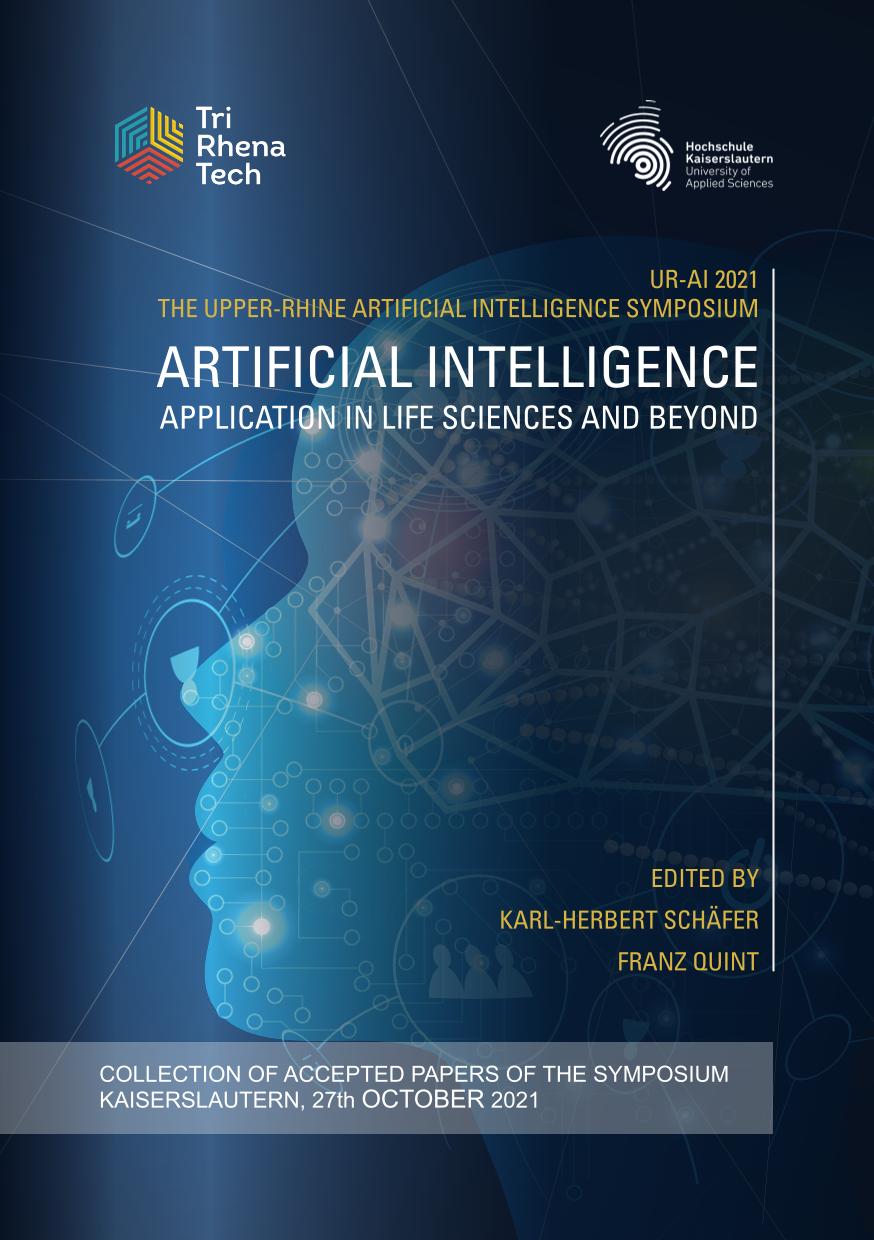Predictive prognostic for Li-Ion batteries in electric vehicles
Schlagworte:
Lithium Ion batteries, Prognostics and Health Management, Machine Learning, Artificial Neural Networks, Feature extraction, Remaining Useful LifeAbstract
he development of clean vehicles and more specifically electric and hybrid vehicles relies on the performances of Lithium Ion batteries. More efficient than all the other battery chemistry in terms of energy density and output power, these batteries bring hybrid and electric vehicle in line with thermal vehicles. However, they still suffer from a limited driving range and lifespan, and their performances can be affected by numerous factors, one of the most important one being the driving profile imposed by a user.
Prognostics and health management strategies make use of operating data in order to better understand the ageing mechanisms of Lithium Ion batteries and to forecast their future degradation trend. In this article, we introduce our method to predict the Remaining Useful Life of Lithium Ion batteries based on the dataset published by the Massachusetts Institute of Technology, through the use of low computational cost machine learning algorithms. Our artificial neural networks take both historical data and time series representing the driving profile of a battery as input, and predict with accuracy the Remaining Useful Life of a battery. Compared to previous approaches in the literature, we obtain reliable and accurate predictions of the Remaining Useful Life of any battery at any moment in its life from the observation of only charge and discharge cycle. The importance of driving data in prognostics and health management strategies of Lithium Ion batteries is shown throughout this article.
Downloads
Veröffentlicht
Ausgabe
Rubrik
Lizenz
Copyright (c) 2021 In`es Jorge, Ahmed Samet, Tedjani Mesbahi, Romuald Bon´e

Dieses Werk steht unter der Lizenz Creative Commons Namensnennung 4.0 International.


